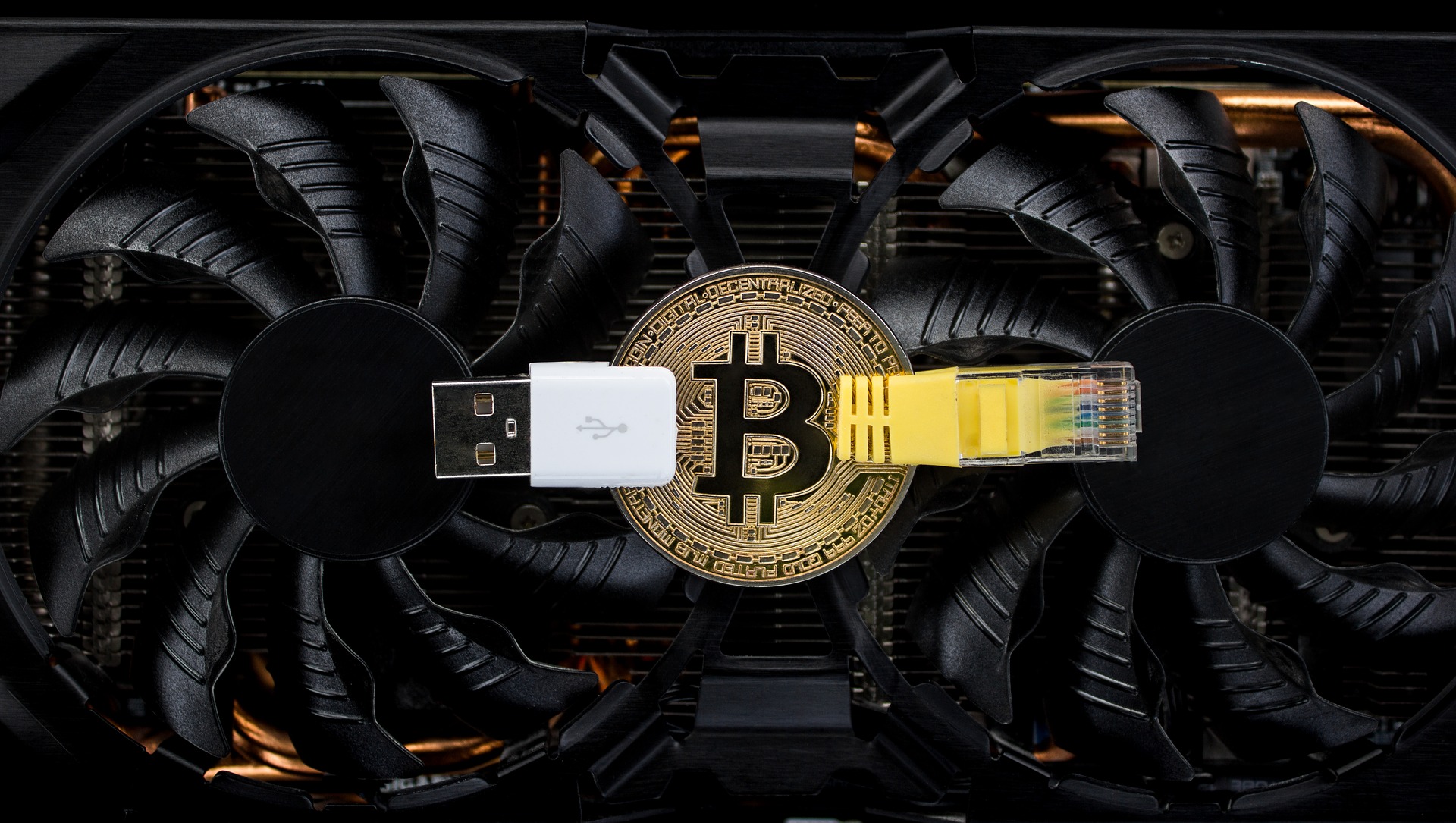Summary:
A new cryptocurrency ETP listed in Switzerland this week, trading under the ticker HODL.
A physically-backed crypto ETP is a step forward and helps resolve the custody problem, which has been a sticking point for digital assets
But listing in Switzerland has challenges, as it is outside the EU regulatory regime
There remain unresolved creation-redemption issues
Apparently, some kind of world's first was achieved over the weekend in the crypto-ETP space. Depending on which site you read, either "the world's first crypto ETP, "the world's first crypto ETF," "the world's first crypto index ETP" or simply "Switzerland's first crypto ETP" was launched today.
Cue the fanfare and the hype (and most likely some criticism) across the crypto community about how the adoption among traditional investors has arrived. But before the HODL faithful get too excited, it is worth taking a closer look at the product that will soon be listed on the Swiss Six exchange by Amun AG.
The product does indeed represent few firsts:
It is indeed the world's first listed product referencing a basket of crypto-currencies (Coinbase had an unlisted basket product that it recently shut down)
It is the world's first physically backed crypto ETP
It is the first crypto ETP listed in Switzerland
Of the three, the second is probably the most interesting. Why?
Investors have a clear preference for physically backed products, like gold ETPs, which are secured via some kind of trust deed and security assignment. A properly physically-backed crypto ETP requires rigour around liquidity, custody, clearing and pricing. All of which require a lot more development before the SEC or institutional investors would seriously consider investing in cryptocurrencies. A successful product could make real progress in these areas.
The other two, well, I think the jury is still out.
First of all, a physically backed basket product can be quite complex, and the need to deliver multiple (and less than highly liquid) underlyings for creation can lead to inefficiencies, in particular, around AP creation fees and secondary market bid/ask spreads. It also increases complexity around tracking, which can lead to tracking differences. So, investors can struggle to see gains, even if the index performs well.
To be fair, I cannot say this will be the case with HODL, but I can say that wide bid/ask spreads and/or significant tracking difference would represent real issues.
Secondly, there's the listing in Switzerland, one of my favourite places, to be honest. Skiing, chocolate, an incomprehensible German dialect, what's not to love. But as a springboard for introducing a new asset class to European investors, not necessarily my first choice.
In general, there can be cross-border friction between Switzerland and the EU for financial products, especially those outside the UCITS regime. It took years for FINMA to develop its ETP guidance to allow non-Swiss ETPs to trade on SIX. Swiss ETPs, in turn, aren't generally registered under the EU Prospectus Directive, which, as the Amun prospectus states, means they aren't available for sale to EEA retail investors and can only be distributed pursuant to the private placement regimes. Those requirements restrict the scope of the marketing. It's not necessarily something that will necessarily deter a wider investment base, but something that will require a bit of time for investors to digest.
So, to conclude, the listing is another (albeit small) step along the path of widespread adoption, but there is a long way to go and the path remains littered with pitfalls.
***
This article first appeared on the Digital Assets blog.


